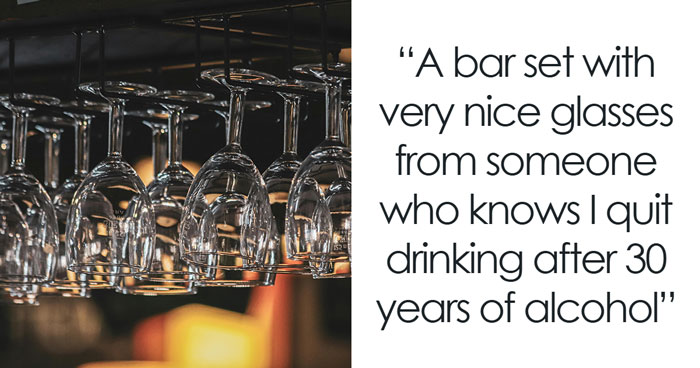
Single Picture Explains How Aperture, Shutter Speed, and ISO Work In Photography
If you’re a beginner photographer, it can be helpful to have a simple guide that helps you understand the different settings that you can toggle on your DSLR camera. While this helpful exposure chart by Daniel Peters at Fotoblog Hamburg won’t explain HOW the optics of photography work, it will show you exactly what happens when you tweak your camera’s settings.
The three settings in this chart are part of what photographers like to call the exposure triangle. ISO is the digital camera sensor’s sensitivity to light. The aperture is a structure in your lens that works much like the iris in our eyes. It opens and close to let more or less light in, and also changes the depth of field, or how many different objects can remain in focus in the shot at the same time. Last is the shutter speed, which controls how much time the camera’s shutter remains open when taking a photo. A longer shutter opening will let in more light but may also cause blurring if any motion occurs while the photo is being taken.
You can download Peters’ chart here.
More info: hamburger-fotospots.de | Facebook | Twitter (h/t: petapixel)

1.1Mviews
Share on FacebookExplore more of these tags
Good start but this will confuse the uninitiated. It is also a missed opportunity to show the relationship in exposure between the aperture, shutter speed and ISO. People will assume some vertical correspondence in a chart such as this. Reversing the Aperture row would at least indicate that large apertures are related to fast shutter speeds and high ISO settings.
Possibly, but the left side is entirely related to less light / less sensitivity, while the right side is all related to more light / more sensitivity. That seems to make pretty good sense to me.
Load More Replies...Good start but this will confuse the uninitiated. It is also a missed opportunity to show the relationship in exposure between the aperture, shutter speed and ISO. People will assume some vertical correspondence in a chart such as this. Reversing the Aperture row would at least indicate that large apertures are related to fast shutter speeds and high ISO settings.
Possibly, but the left side is entirely related to less light / less sensitivity, while the right side is all related to more light / more sensitivity. That seems to make pretty good sense to me.
Load More Replies...
 Dark Mode
Dark Mode 

 No fees, cancel anytime
No fees, cancel anytime 

















































214
62